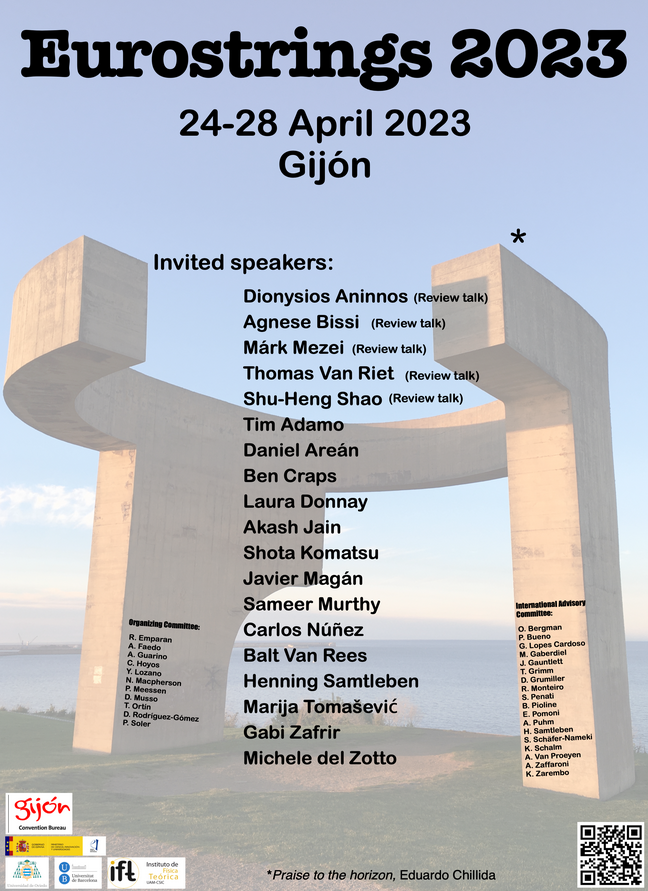In 1865 Maxwell published the paper which unified electricity, magnetism and optics and describe them by a set of equations (latter a bit corrected by Heaviside) which are known now as Maxwell equations. The spacetime symmetry of these equations, described by the so-called Lorentz group, was
unexpected in XIX century and served as an inspiration for Albert Einstein in his discovery of the Special Theory of Relativity.
Free Maxwell equations, which describe the propagation of light in the vacuum, possess, besides the Lorentz group, two more very special symmetries: conformal symmetry, described by suitable re-scaling of spacetime coordinates and fields, and the duality symmetry which interchanges/rotates the electric and magnetic fields. Till recently it was believed that the requirement of these three symmetries fixes the Maxwell theory uniquely.
However, in a recent paper published in Rapid Communication of Physical Review D by the member of GRASS team Igor Bandos with collaborators from Italy (Padova University) and United Kingdom (Cambridge University), a new one-parametric family of nonlinear theories possessing these three symmetries was found and called Modified Maxwell or ModMax theories. The free Maxwell equations appear as a member of the family of nonlinear equations corresponding to zero value of the coupling constant γ.
For any positive γ, the equations possess the plane wave solutions and, thus, at small γ>0, can be considered as an alternative to the Maxwell theory for the description of the light in vacuum and/or in optical materials. The ModMax equations predict, in particular, the birefringence effect the properties of which differ from that predicted by effective theory of usual Quantum
Electrodynamics. Therefore, its existence should be taken into account in the analysis of future experiments aimed to observe the birefringence effect in the vacuum.
Furthermore, a possible small but non-vanishing γ in real world electrodynamics can have also wide range of interesting implications including that for cosmology.


